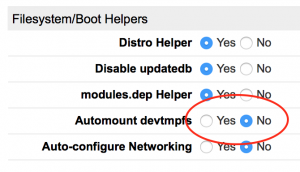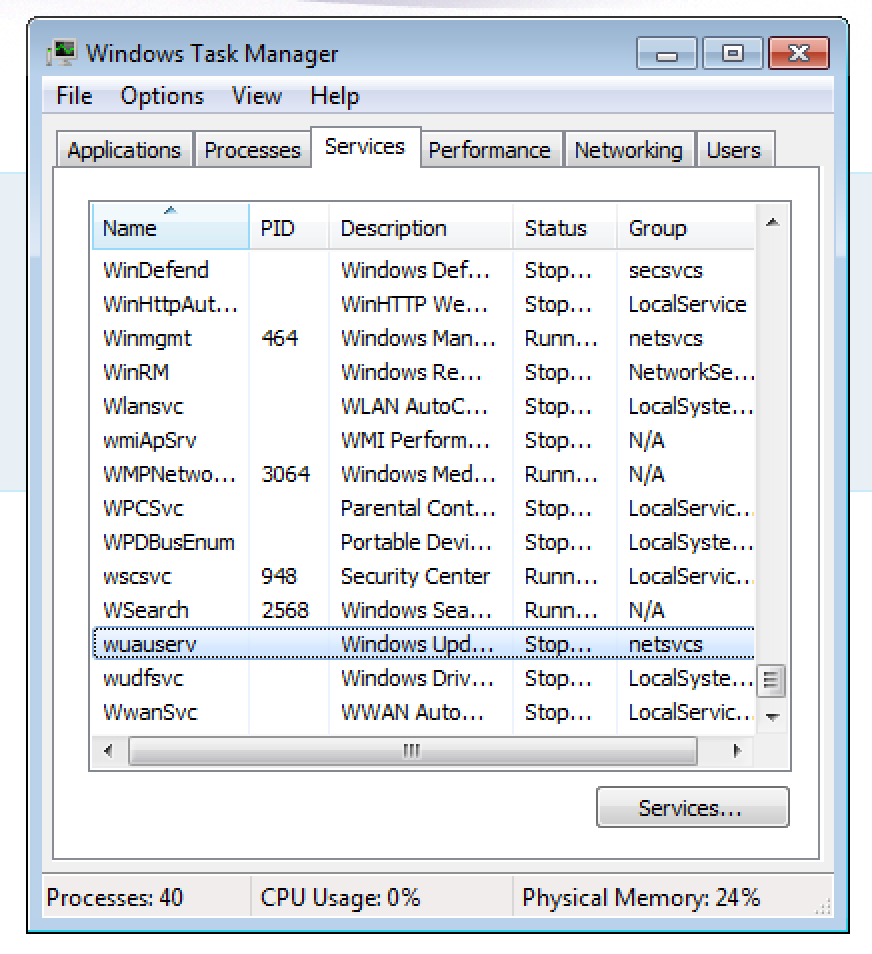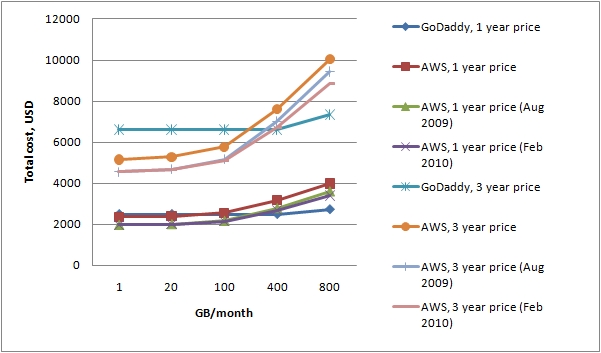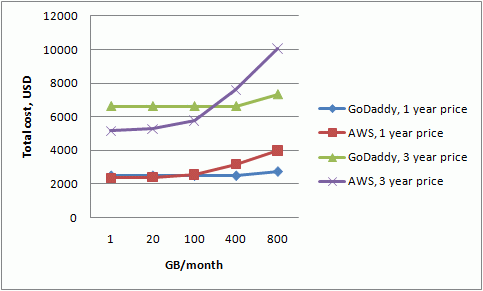This is a review of “Django Essentials” from Packt Publishing, but first some background:
Around 2007 I used to be fairly fluent in Django, this after having built a substantial Django web application from scratch. These were the days before Django 1.0. While all the necessary documentation was there, the framework had some rough edges and peculiar design choices.
Still, Django made a lot of sense. I had previously dabbled with Ruby on Rails but it never really clicked with me. Once I grew comfortable with the Django mindset I never looked back.
Time passes and I move on to other projects. I tried to keep track of what was happening in the world of Django, but lost interest around version 1.2. Fast forward to 2014, and I suddenly get the chance to develop with Django again. By keeping an ear on the tech grapevine I have a rough idea of the major innovations to Django since it dropped off my radar. Nonetheless, the devil is in the details and I dive into the Django documentation.
You can say a lot of good things about the Django docs. For starters, it is very comprehensive and quite well organized. Still, it is not a good choice for a learner or for someone who just need a quick refresher. The wealth of information is a good thing when you need a solution to a particular problem. It is not a good thing when you just want to figure out how it all the pieces fit together. There is the Django Book as well but it is terribly outdated.
Luckily, the good folks at Packt Publishing were kind enough to offer me a review copy of the recently released “Django Essentials” by Samuel Dauzon at just about this time.
Is is a nice, short read, kicking in at about 150 pages. If you skip implementing the code examples, it should not take you many hours to get through it. That being said, by working your way through the examples you will get a clear sense of how Django will let you make your web application come to life.
What I particularly like about this book is that it puts Django in its proper context. Best-practice tools and techniques such as Nginx, jQuery, AJAX, PostgreSQL and virtualenv are introduced, meaning that you will have an idea of how to make them work with your Django application.
All the major Django concepts are covered in a pedagogic manner. As an example, classic views are introduced first. Later on, class-based views are introduced, showing you how they can save you a lot of time—while reminding you that classic views still are useful in certain situations. A nice touch is that South, the (soon to be deprecated) Django data migration tool, is introduced before you write your first Model class.
The book is well written and nicely laid out. One minor annoyance is that some of the code examples could have been better formatted. Another nitpick is the UserProfile model example in the models chapter. For the novice Django developer it should be pointed out right away that the secure choice is to always use the builtin User class rather than trying to roll your own. Fortunately this is explained later in the book.
Given that the book spends a bit of time on the recommended ecosystem around Django, it would have been nice to see mentions of other tools such as Bootstrap and the various third-party amendments to Django which makes it a lot more powerful. Still, the brevity of this book is one of its strengths.
All in all, “Django Essentials” is a great read and comes highly recommended if you know a little bit of Python and want to level up to web application development.



